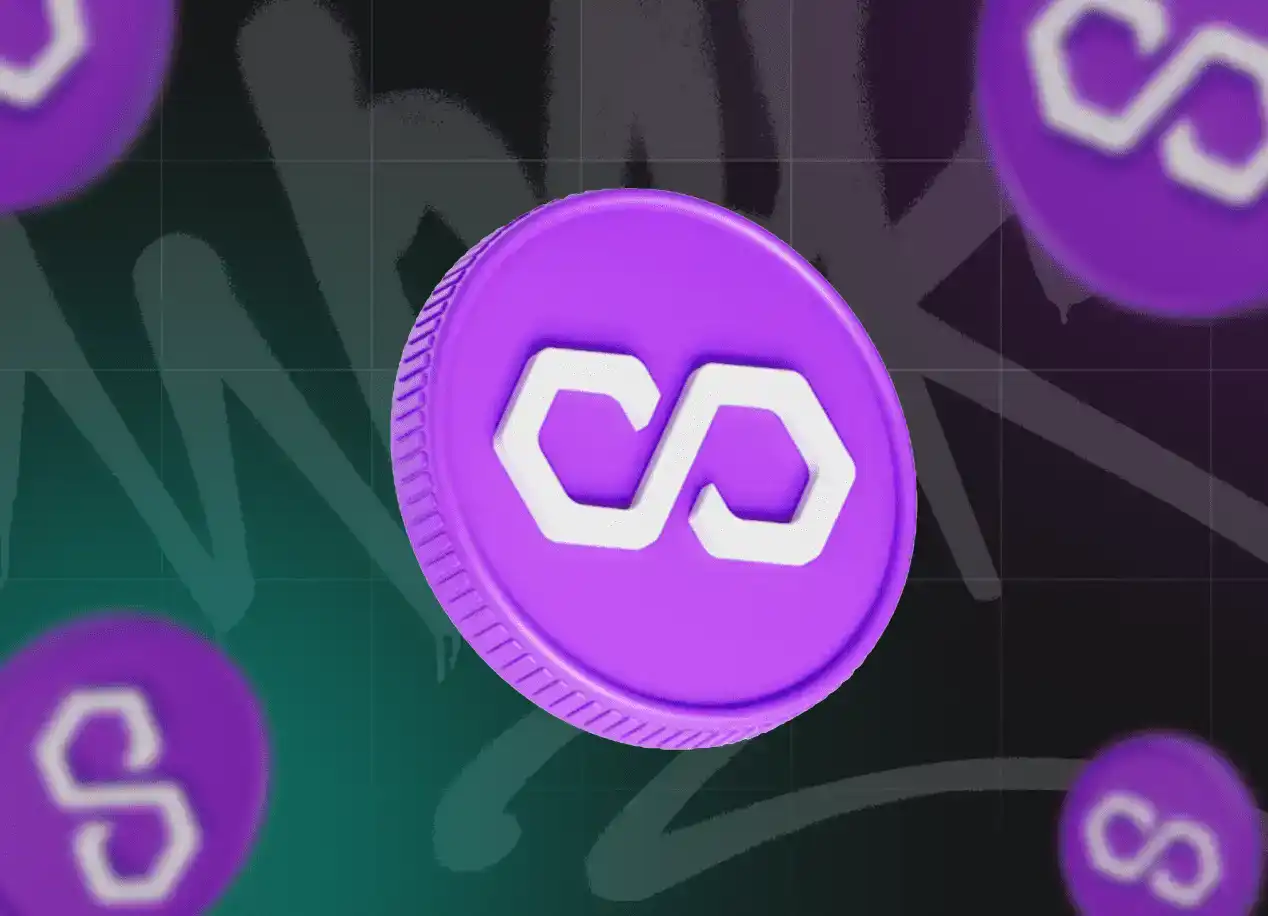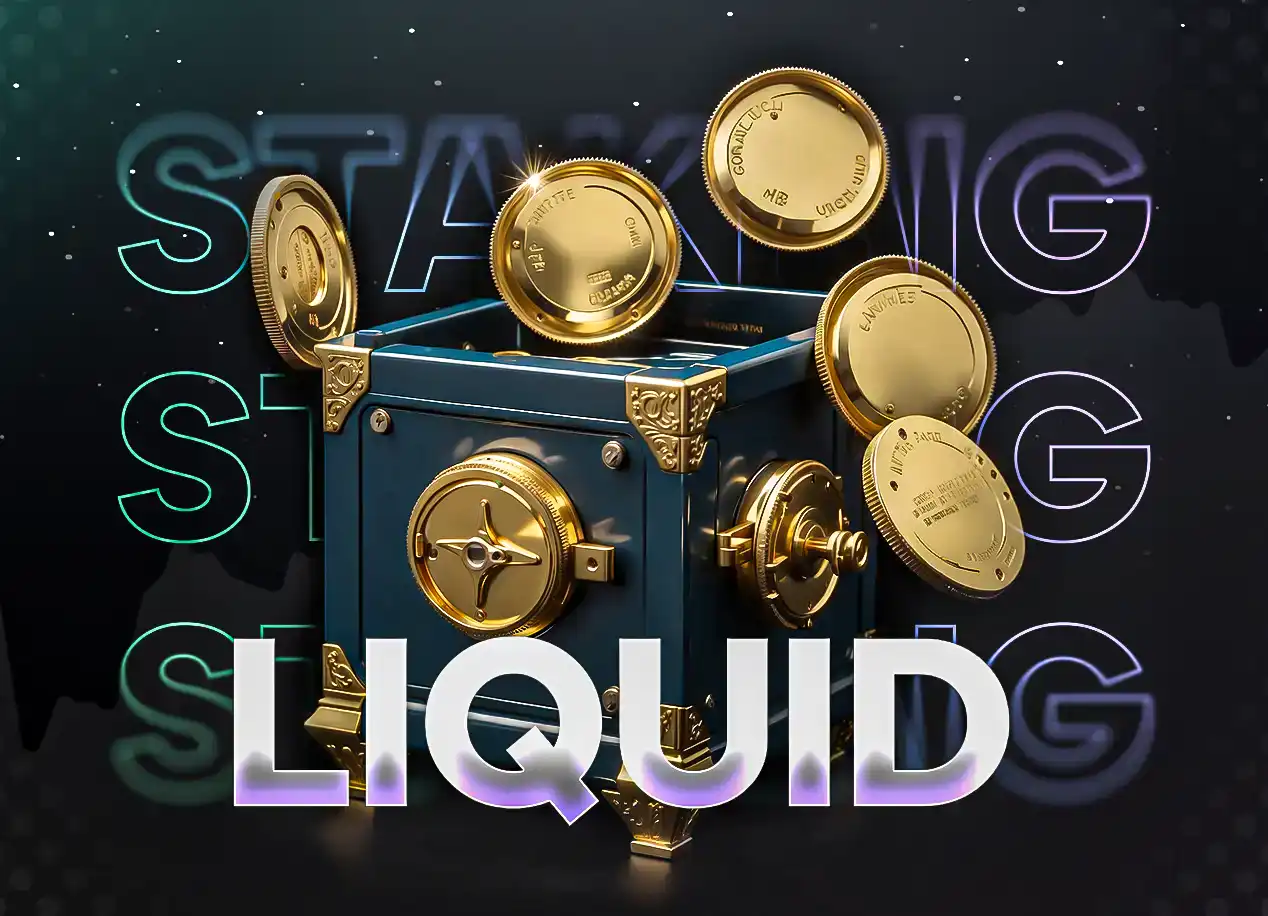
Polygon (MATIC) - это платформа, которая помогает усовершенствовать работу Ethereum, одной из самых популярных блокчейн-сетей. Она предоставляет разработчикам инструменты для создания новых децентрализованных приложений с низкой стоимостью и быстрой скоростью. Это означает, что люди могут использовать эти приложения без необходимости платить высокие комиссии или долго ждать подтверждения транзакций. Polygon делает Ethereum более эффективным и доступным для всех пользователей.
Кто и когда создал Polygon?
Polygon был создан в 2017 году командой разработчиков под руководством главного исполнительного директора Сансхита Жайна. Они стремились решить проблемы, с которыми столкнулась сеть Ethereum, такие как масштабирование и высокие комиссии. С помощью своих инновационных технологий, Polygon предоставляет инструменты для создания более эффективных и доступных децентрализованных приложений. Благодаря своим преимуществам, Polygon стал популярным выбором для многих разработчиков и пользователей блокчейна.

Технологические особенности Polygon
Polygon обладает рядом технологических особенностей, которые делают его привлекательным для разработчиков и пользователей:
- Масштабируемость: одной из ключевых особенностей Polygon является его способность масштабироваться. Это означает, что сеть может обрабатывать большое количество транзакций быстро и эффективно, не перегружаясь. Это позволяет создавать децентрализованные приложения с высокой производительностью.
- Низкие комиссии: в сети Polygon комиссии за проведение транзакций значительно ниже по сравнению с Ethereum. Это делает использование сети более доступным и экономически выгодным для пользователей. Низкие комиссии также стимулируют развитие новых приложений и привлекают больше людей в блокчейн-экосистему.
- Совместимость с Ethereum: Polygon является частью экосистемы Ethereum, что означает, что он совместим с Ethereum Virtual Machine (EVM) и поддерживает большинство инструментов и языков программирования, используемых на Ethereum. Это облегчает перенос и адаптацию существующих приложений на сеть Polygon.
- Безопасность: Polygon обеспечивает высокий уровень безопасности благодаря использованию сети Ethereum. Он использует механизмы консенсуса и безопасности Ethereum для защиты сети и транзакций. Это создает доверие среди разработчиков и пользователей, что их данные и средства находятся в безопасности.
Сочетание этих технологических особенностей делает Polygon привлекательным выбором для создания децентрализованных приложений с низкими комиссиями, высокой производительностью и высоким уровнем безопасности.
Где используется криптовалюта MATIC?
Криптовалюта MATIC, используемая на сети Polygon, нашла широкое применение в различных областях блокчейна. Она играет важную роль в развитии децентрализованных финансовых услуг (DeFi), маркетплейсов цифровых активов и игровых платформ.
В сфере DeFi, MATIC используется для проведения транзакций и оплаты комиссий. Он поддерживает протоколы обмена цифровыми активами, предоставляет ликвидность для децентрализованных бирж (DEX) и обеспечивает возможность зарабатывать проценты на хранении и займах.
MATIC также находит применение в маркетплейсах цифровых активов и NFT, где он используется для покупки, продажи и обмена уникальных цифровых активов, таких как коллекционные предметы, искусство и игровые предметы.
В игровой индустрии, MATIC используется в различных блокчейн-играх для проведения транзакций внутри игры, покупки и продажи виртуальных предметов, а также для стимулирования экономики игры.
Кроме того, MATIC используется в качестве стейблкоина (криптовалюта, привязанная к фиатной валюте) и токена для запуска новых проектов в экосистеме Polygon.
Криптовалюта MATIC находит широкое применение в различных секторах блокчейна, включая финансовые услуги, маркетплейсы и игровую индустрию.

Какие продукты включает экосистема Polygon?
Экосистема Polygon включает разнообразные продукты и решения, которые помогают разработчикам и пользователям максимально использовать потенциал блокчейна. Вот несколько ключевых продуктов, доступных в экосистеме Polygon:
- Polygon SDK: набор инструментов разработчика, который позволяет создавать и развертывать собственные блокчейн-сети на базе Polygon. Разработчики могут использовать этот набор инструментов для создания децентрализованных приложений (DApps) и смарт-контрактов.
- Polygon PoS Chain: основная блокчейн-сеть в экосистеме Polygon, которая предлагает высокую производительность и низкие комиссии за транзакции. Она использует алгоритм Proof-of-Stake (PoS) для обеспечения безопасности и консенсуса.
- Polygon Bridge: инструмент, который обеспечивает межсетевую связь между сетью Ethereum и блокчейнами в экосистеме Polygon. Он позволяет перемещать цифровые активы и токены между различными блокчейнами с низкими комиссиями и высокой скоростью.
- Polygon Wallet: кошелек, который предоставляет пользователю возможность управлять своими криптовалютными активами и взаимодействовать с DApps в экосистеме Polygon. Он обеспечивает безопасное хранение и удобные функции для работы с различными блокчейнами и токенами.
- Polygon POS Chain Validator: позволяет пользователям принять участие в процессе валидации блокчейн-сети Polygon и получать вознаграждение за проверку транзакций.
- Polygon Scan: предоставляет пользователю информацию о блоках, транзакциях, контрактах и других событиях, происходящих в блокчейне Polygon. Пользователи могут отслеживать и анализировать активность в сети.
Продукты в экосистеме Polygon предоставляют различные возможности для разработчиков и пользователей, от создания и развертывания собственных блокчейн-сетей до управления активами и взаимодействия с DApps. Эти продукты стремятся сделать использование блокчейна более доступным, эффективным и удобным для всех.
Как работает корпоративный фонд Polygon?
Корпоративный фонд Polygon - это финансовая инициатива, созданная для поддержки и развития проектов в экосистеме Polygon. Фонд предоставляет финансовую поддержку, консультации и ресурсы для команд и стартапов, которые хотят использовать технологии блокчейна Polygon.
Работа фонда начинается с оценки и отбора проектов, которые представляют потенциал для развития и инноваций в области блокчейна. После отбора фонд предоставляет финансирование и экспертное сопровождение выбранным проектам, чтобы помочь им реализовать свои идеи и достичь поставленных целей.
Кроме финансовой поддержки, фонд Polygon также предоставляет доступ к своей сети партнеров, инвесторов и экспертов, что помогает проектам установить важные связи и получить дополнительные ресурсы для развития.
Работа с корпоративным фондом Polygon помогает проектам получить не только финансовую поддержку, но и экспертизу в области блокчейна, маркетинга, бизнес-стратегии и других ключевых аспектов. Фонд также может предложить консультации по управлению рисками, юридическим вопросам и другим важным аспектам, связанным с блокчейн-проектами.
В итоге, корпоративный фонд Polygon помогает стимулировать инновации и развитие в экосистеме блокчейна Polygon, поддерживая и финансируя перспективные проекты и помогая им достичь успеха.
Преимущества и недостатки Polygon
Polygon имеет несколько преимуществ, которые делают его привлекательным для разработчиков и пользователей:
Преимущества:
- Масштабируемость. Polygon предлагает масштабируемое решение для сети Ethereum, позволяя обрабатывать большое количество транзакций с низкими комиссиями. Это делает его идеальным для создания децентрализованных приложений с высокой производительностью.
- Совместимость с Ethereum. Polygon полностью совместим с экосистемой Ethereum, что означает, что разработчики могут легко переносить свои приложения с Ethereum на Polygon без необходимости переписывать код. Это предоставляет большую гибкость и выбор разработчикам.
- Низкие комиссии. Использование Polygon позволяет снизить стоимость комиссий за транзакции по сравнению с Ethereum. Это делает его более доступным для пользователей и способствует более широкому принятию блокчейн-приложений.
- Большое сообщество и партнерство. Polygon имеет активное сообщество разработчиков и партнеров, что обеспечивает поддержку и ресурсы для проектов, использующих его технологию. Это помогает привлечь новые проекты и стимулирует инновации в экосистеме.
Несмотря на свои преимущества, у Polygon также есть некоторые недостатки:
- Централизация уровня безопасности. Хотя Polygon предлагает масштабируемость и низкие комиссии, некоторые критики указывают на его централизованный уровень безопасности. В отличие от полностью децентрализованных блокчейнов, уровень безопасности в Polygon зависит от внешних валидаторов, что может вызывать определенные опасения относительно целостности сети.
- Зависимость от Ethereum. В качестве части экосистемы Ethereum, Polygon всё ещё зависит от основной сети Ethereum. Это может означать, что любые проблемы или ограничения Ethereum также могут повлиять на работу Polygon.
- Конкуренция других масштабируемых решений. Существуют и другие блокчейны и решения масштабирования, которые конкурируют с Polygon, предлагая свои уникальные преимущества. Это может создать конкурентную среду и вызвать неопределенность относительно будущего развития и позиционирования Polygon.
Polygon предлагает решение для разработчиков и пользователей блокчейна. Его преимущества включают масштабируемость, совместимость с Ethereum, низкие комиссии и активное сообщество. Однако, некоторые недостатки, такие как централизация уровня безопасности и зависимость от Ethereum, также следует учитывать при оценке его потенциала.

Polygon (MATIC): платформа Ethereum с низкими комиссиями и разнообразными преимуществами или…?
Polygon (ранее известный как Matic Network) - это платформа масштабирования Ethereum, которая решает проблемы высокой стоимости газа и низкой производительности. Она предлагает масштабируемое решение для разработчиков, позволяющее создавать децентрализованные приложения с низкими комиссиями. Платформа включает несколько слоев, которые позволяют выбрать оптимальное решение в зависимости от потребностей проекта. Продукты и сервисы в экосистеме Polygon включают блокчейны, инфраструктурные решения, децентрализованные финансы (DeFi), NFT-маркетплейсы и другие приложения. Проект успешно привлекает инвестиции и привлекает множество проектов, которые мигрируют на платформу Polygon. Однако, следует учитывать некоторые недостатки, такие как централизация уровня безопасности и зависимость от Ethereum. В целом, Polygon представляет собой перспективное решение для масштабирования Ethereum и развития блокчейн-экосистемы.
Что такое Polygon (MATIC) и как он работает?
Чем Polygon отличается от Ethereum?
Какие риски связаны с инвестированием в MATIC?
Как начать использовать Polygon?

Тогда расскажи друзьям – пусть тоже прокачивают свои навыки. Поделиться можно легко с помощью кнопок внизу или просто скопировав ссылку. Мы будем рады твоим отметкам в соц. сетях!
Поделиться

Подписывайся на нашу email-рассылку и получай свежие аналитические обзоры, новости, инсайты и приглашения на прямые эфиры прямо в свой почтовый ящик. Никакого спама — только ценная информация для трейдеров!











